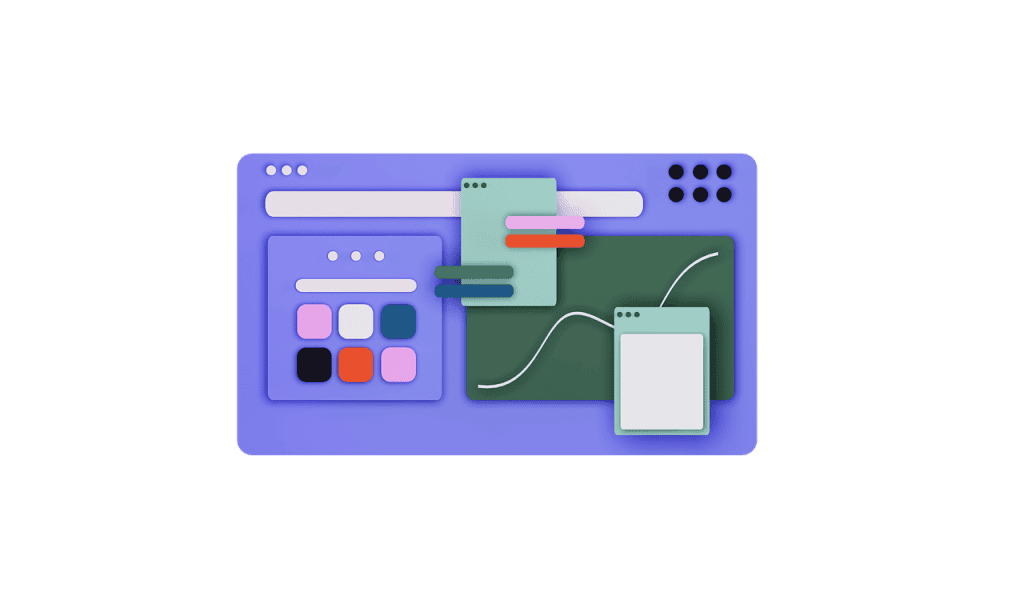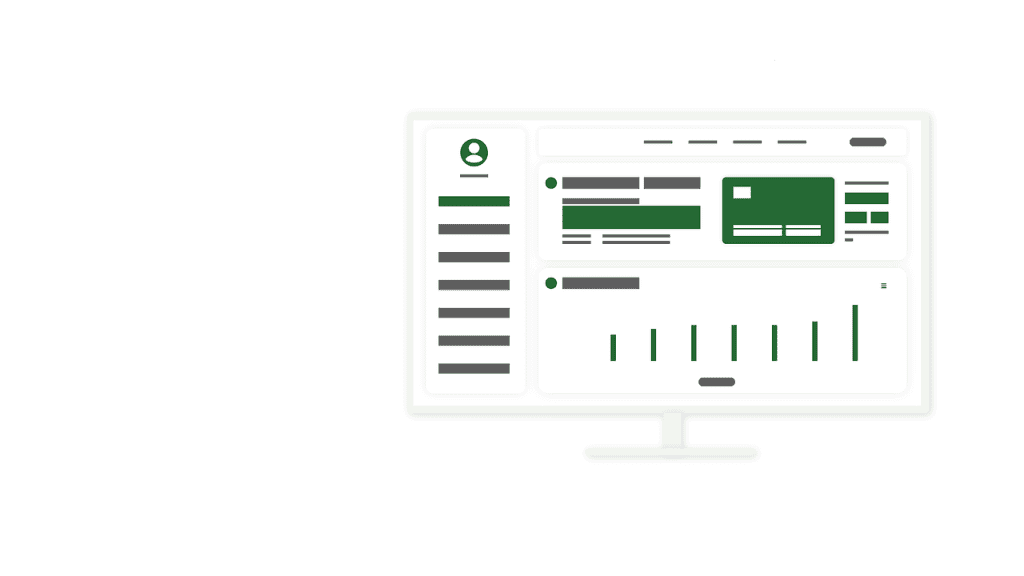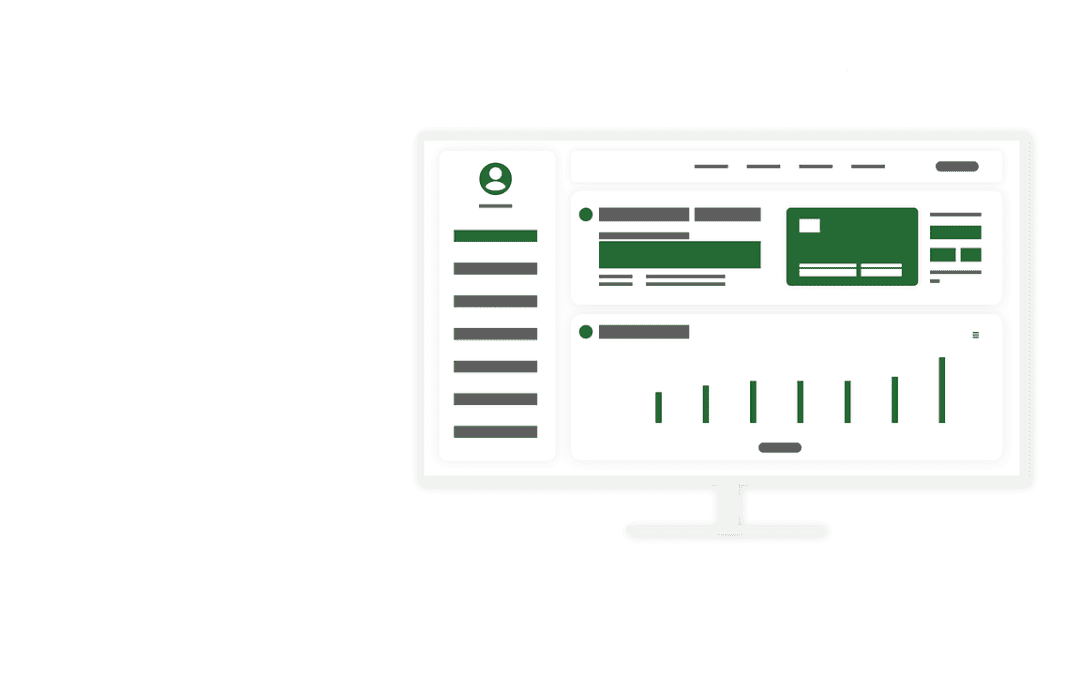Creating a user-friendly experience is crucial for keeping visitors engaged and reducing bounce rates. When your website is easy to navigate and visually appealing, users are more likely to stay and explore. This means providing clear pathways to information, minimizing load times, and ensuring that your content is both relevant and compelling. By focusing on these key aspects, you can create an environment that encourages users to interact more deeply with your site, ultimately leading to better retention and a more successful online presence. Have you ever wondered why visitors come to your website, only to leave within seconds? Understanding this behavior is crucial to reducing bounce rates and ensuring your visitors stick around long enough to engage with your content or make a purchase. The answer often lies in how user-friendly your website is.
Welcome to this detailed guide on creating a user-friendly experience to reduce bounce rates. By the time you finish reading, you’ll have actionable steps to keep your audience engaged and coming back for more.
Why User Experience Matters
User experience (UX) isn’t just a buzzword; it’s the backbone of any successful website. Poor UX can deter even the most interested visitors from sticking around. On the flip side, a seamless user experience can significantly enhance engagement and conversion rates.
What Is Bounce Rate?
Bounce rate represents the percentage of visitors who navigate away from your site after viewing only one page. A higher bounce rate indicates that your page failed to meet visitors’ expectations. To keep them engaged, your site must offer value and ease of use.
The Importance of Reducing Bounce Rates
Why should you care about reducing bounce rates? Because high bounce rates can hurt your search engine rankings and dilute the effectiveness of your online marketing efforts. Lowering bounce rates can improve overall user engagement and lead to higher conversion rates.
Understanding Your Audience
Knowing who visits your site and why they’re there is crucial for tailoring your UX. Different demographics will have unique needs and preferences.
Analyzing User Data
Using tools like Google Analytics can provide you with valuable insights into user behavior. You can track page visits, time spent on each page, and specific user actions.
| Metric | What it Shows | Why It Matters |
|---|---|---|
| Page Visits | The number of visits per page | Identifies popular content |
| Average Time on Page | Time spent on each page | Indicates engagement level |
| Bounce Rate | Percentage of single-page visits | Reveals user satisfaction |
Creating User Personas
Develop user personas to represent the primary segments of your audience. This helps in customizing the user experience to meet their specific needs. Common factors to consider include age, occupation, and intended goals when visiting your site.

Designing for a Seamless User Experience
When it comes to UX design, the devil is in the details. From site layout to navigation, each element plays a role in keeping your visitors engaged.
Simplified Navigation
A simple, intuitive navigation menu is a must. If users can’t find what they’re looking for quickly, they’ll leave.
- Primary Navigation: Incorporate a clear primary navigation bar at the top of your page.
- Search Functionality: Include a search bar to help users find specific content easily.
Mobile Responsiveness
With more users accessing websites via mobile devices, having a responsive design can’t be stressed enough. Ensure your website is optimized for mobile to provide a seamless experience across all devices.
Page Load Speed
Page load speed is a critical factor in user retention. Studies show that pages taking longer than 3 seconds to load have higher bounce rates. Use tools like Google PageSpeed Insights to evaluate and optimize your site’s load times.
Content Layout
A cluttered page can overwhelm visitors. Use a clean and organized layout to make content easy to digest. Break up text with headers, subheaders, and bullet points to improve readability.
Engaging and Relevant Content
Content is king, but only if it serves the user’s needs. Creating high-quality, relevant content can drastically improve your bounce rates.
Understanding Content Relevance
Your content should match the search intent of your visitors. Conduct keyword research to identify what your audience is searching for and tailor your content accordingly.
Visual and Interactive Content
Incorporate various forms of content, such as videos, infographics, and interactive elements, to keep visitors engaged. Lists, charts, and diagrams can help convey information more effectively than long blocks of text.
Internal Linking
Use internal links to guide users to other relevant pages on your site. This not only helps in keeping them engaged but also improves your website’s SEO.

Monitoring and Iterating
Improving user experience is an ongoing process. Regularly monitoring key metrics and making data-driven adjustments can help you achieve long-term success.
A/B Testing
A/B testing involves creating two versions of a page to see which performs better. This helps in making informed decisions based on user interactions.
User Feedback
Collecting user feedback through surveys or direct interactions can provide insights you might not get from analytics alone. Adjust your strategies based on this valuable feedback.
Continuous Optimization
Always be on the lookout for areas of improvement. To stay ahead, regularly update your site with fresh content, new features, and improved design elements.
Case Studies
To provide a clearer picture, let’s look at some real-world examples of websites that have successfully reduced their bounce rates by improving UX.
Case Study 1: E-commerce Site
An e-commerce site noticed a high bounce rate on its product pages. By improving page load speed and redesigning the layout to be more user-friendly, they saw a 30% reduction in bounce rates within two months.
Case Study 2: Service-Oriented Website
A service-oriented website revamped its navigation and content layout, leading to a 20% increase in user time spent on the page and a significant drop in bounce rates.
These examples demonstrate that even small changes can lead to substantial improvements in user engagement and retention.

Conclusion
Creating a user-friendly experience is not a one-time task but an ongoing journey requiring constant monitoring and adjustments. By understanding your audience, optimizing website elements, and continuously refining your strategies, you can significantly reduce bounce rates and enhance user engagement.
By focusing on these aspects, you’re not just improving your website’s performance; you’re building a lasting relationship with your users. So start making these changes today and see the difference for yourself!









